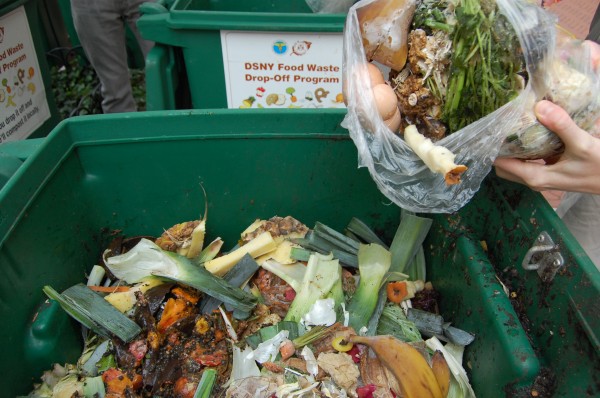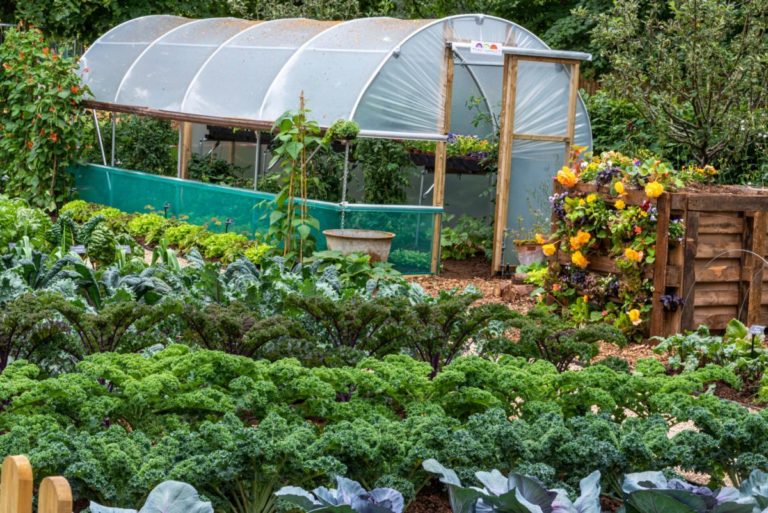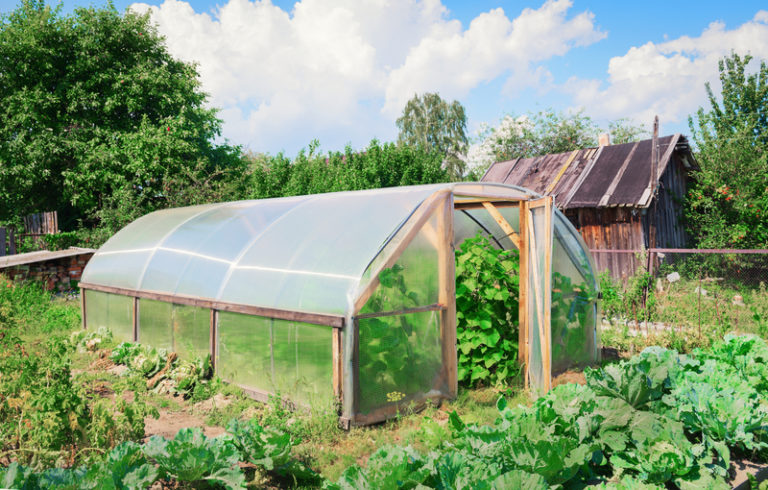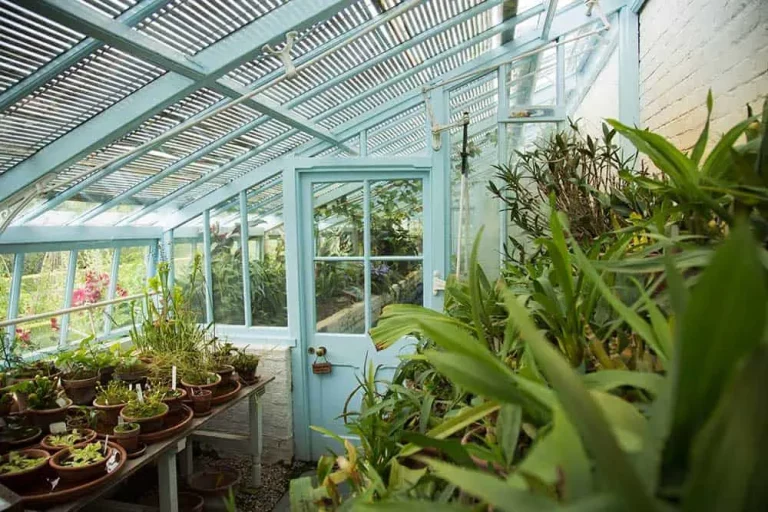Transform your kitchen scraps into a nutrient-rich soil amendment with our easy guide to DIY composting!
By learning how to compost at home, you’ll not only reduce your environmental footprint but also produce a premium fertilizer that will make your garden flourish.
Composting is a natural way to break down organic waste into a valuable resource that can improve soil health, increase crop yields, and even mitigate climate change.
With our simple tips and tricks, you’ll be well on your way to transforming kitchen scraps into black gold for your garden.
So let’s dive in and get started with the basics of DIY composting!
Understand what can and can’t be composted
Some materials, such as meat, dairy, and oils, should not be composted at home as they can attract pests and create odors. Stick to plant-based materials like vegetable scraps, fruit peels, and yard waste.
While it may be tempting to add meat, dairy, and oils to your compost pile, these materials should be avoided as they can attract pests and create odors.
Meat and dairy products contain high levels of protein and fat, which can slow down the composting process and create anaerobic conditions that are favorable for pests and pathogens to thrive.
Moreover, oils can form a layer of toxic compounds on top of the compost pile, which can hinder the breakdown of organic matter.
Instead, stick to plant-based materials like vegetable scraps, fruit peels, and yard waste.
These materials are rich in carbohydrates and cellulose, which provide the optimal conditions for the decomposition process.
Including a mix of plant-based materials can help to balance out the nitrogen and carbon ratios in the compost, ensuring a healthy and thriving compost pile.
By understanding what can and cannot be composted, you can ensure that your compost pile is successful and free of pests and odors.
Choose the right container
Select a container that is easy to turn and has good airflow. You can use a plastic bin, wooden barrel, or even a fabric bag. Make sure it has a tight-fitting lid to keep pests out.
Choosing the right container for your compost pile is important for its success.
Look for a container that is easy to turn, as this will help to aerate the compost and speed up the decomposition process.
Wooden barrels or plastic bins with a tight-fitting lid are great options, as they provide good airflow and keep pests out.
Fabric bags are another option, but make sure they have a tight seal to prevent pests from getting in.
Avoid using containers that are too small or too large, as this can lead to uneven composting and the growth of harmful bacteria.
By selecting the right container, you’ll be able to maintain optimal conditions for your compost pile and produce a nutrient-rich finished product.
Add the right mix of materials
Aim for a mix of 2/3 green materials (like food scraps and grass clippings) and 1/3 brown materials (like dried leaves and shredded paper). This balance will help your compost break down quickly and maintain the right moisture level.
To create an effective compost pile, it’s essential to mix the right proportion of green and brown materials.
Green materials, such as food scraps and grass clippings, are high in nitrogen and help to speed up the decomposition process.
Brown materials, like dried leaves and shredded paper, are high in carbon and provide structure to the pile.
Aiming for a 2/3 green, 1/3 brown ratio will ensure a balanced mix that breaks down quickly and maintains the right moisture level.
This balance also helps to prevent the compost from becoming too wet or too dry, which can hinder the decomposition process.
This mix of materials will create a nutrient-rich compost that is perfect for enriching your garden soil.
So, remember to add a variety of green and brown materials to your compost pile to ensure a successful composting process.
Keep it moist
Compost needs to be kept moist, like a damp sponge. Add water when the material feels dry to the touch. Avoid overwatering, as this can lead to anaerobic (odorous) conditions.
Composting requires maintaining the perfect level of moisture, similar to that of a damp sponge.
As the materials break down, they should feel like a damp cloth.
If the compost pile feels dry, it’s essential to add water.
Avoid overwatering, as this can lead to anaerobic (odorous) conditions and harm the decomposition process.
Overwatering can cause the compost to become waterlogged, preventing air from reaching the materials and slowing down the breakdown process.
To maintain the optimal moisture level, regularly check the compost pile and add water as needed.
This ensures that the compost remains moist, yet not waterlogged, fostering a healthy and efficient decomposition process.
Mix it up
Every time you add new materials, mix the compost pile well to ensure everything is combined. A pitchfork or shovel can help you mix the materials and break up any clumps.
When adding new materials to your compost pile, it’s important to mix it up well to ensure that everything is combined and broken up into uniform particles.
This will help the composting process to occur more efficiently and effectively.
A pitchfork or shovel can be used to mix the materials and break up any clumps that may have formed.
By doing so, you’ll be able to aerate the compost pile, allowing oxygen to reach all parts of the materials and promoting the growth of beneficial microorganisms.
This will ultimately result in a more balanced and nutrient-rich compost that is perfect for your garden or houseplants.
So, be sure to mix it up each time you add new materials to your compost pile for optimal results.
Monitor the temperature
As the compost breaks down, the temperature inside the pile will rise. You can use a compost thermometer to check the temperature and ensure it’s in the optimal range of 130-140°F (54-60°C).
Monitoring the temperature of your compost pile is important to ensure the optimal breakdown of organic matter.
As the compost breaks down, the temperature inside the pile will rise, typically reaching an optimal range of 130-140°F (54-60°C).
This temperature range allows for the most effective breakdown of organic matter, including the decomposition of cellulose and the elimination of pathogens and weed seeds.
To monitor the temperature, use a compost thermometer, which can be inserted into the center of the pile.
Regularly checking the temperature will help you identify any potential issues, such as anaerobic conditions, and make necessary adjustments to maintain the optimal temperature range.
Proper temperature management is essential for creating rich, nutrient-dense compost that will benefit your garden or farm.
Turn the pile regularly
Regular turning helps to aerate the compost and speed up the decomposition process. Every 7-10 days is a good rule of thumb.
Turning the compost pile regularly is a important step in the decomposition process.
By regularly aerating the compost, you encourage the growth of beneficial microorganisms that break down organic matter into nutrient-rich soil.
Every 7-10 days is a good rule of thumb for turning the compost, as this frequency helps to maintain a balance of oxygen and moisture levels within the pile.
When you turn the compost, you’ll notice that the top layer of material will have broken down more quickly than the lower layers, so be sure to mix the layers together to ensure even decomposition.
This consistent turning and mixing will not only speed up the decomposition process but also produce a rich, dark compost that’s perfect for fertilizing your garden beds.
Be patient
Composting is a natural process that takes time. It can take several months to a year for the materials to break down completely. Don’t rush it – with proper care, your compost will be ready when it’s good and ready!
Composting is a natural process that requires patience and time.
It can take anywhere from several months to a year for the materials to break down completely, so it’s essential to allow the process to unfold naturally.
Rushing the composting process can lead to incomplete breakdown of the materials, which can result in uneven distribution of nutrients and potential contamination of your garden soil.
Instead of rushing the process, focus on providing proper care for your compost pile.
Make sure adequate aeration, moisture, and oxygen flow to facilitate the natural decomposition of organic materials.
Regular turning and monitoring of the compost pile can help to speed up the process, but be cautious not to over-mix or over-turn the pile, as this can disrupt the natural process.
By allowing the composting process to take its course, you can ensure that your compost is of the highest quality and ready for use in your garden when it’s good and ready.
This will not only save you time and effort but also provide you with a nutrient-rich soil amendment that will benefit your plants for years to come.
So, take a deep breath, relax, and let nature do its magic!
Want More? Dive Deeper Here!
Hey there! If you’re the type who loves going down the rabbit hole of information (like we do), you’re in the right spot. We’ve pulled together some cool reads and resources that dive a bit deeper into the stuff we chat about on our site. Whether you’re just killing time or super into the topic, these picks might just be what you’re looking for. Happy reading!






